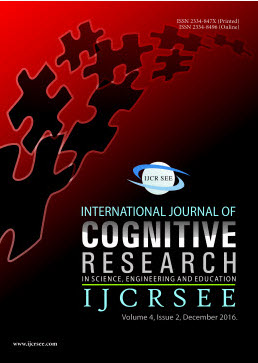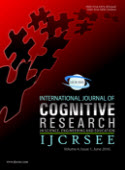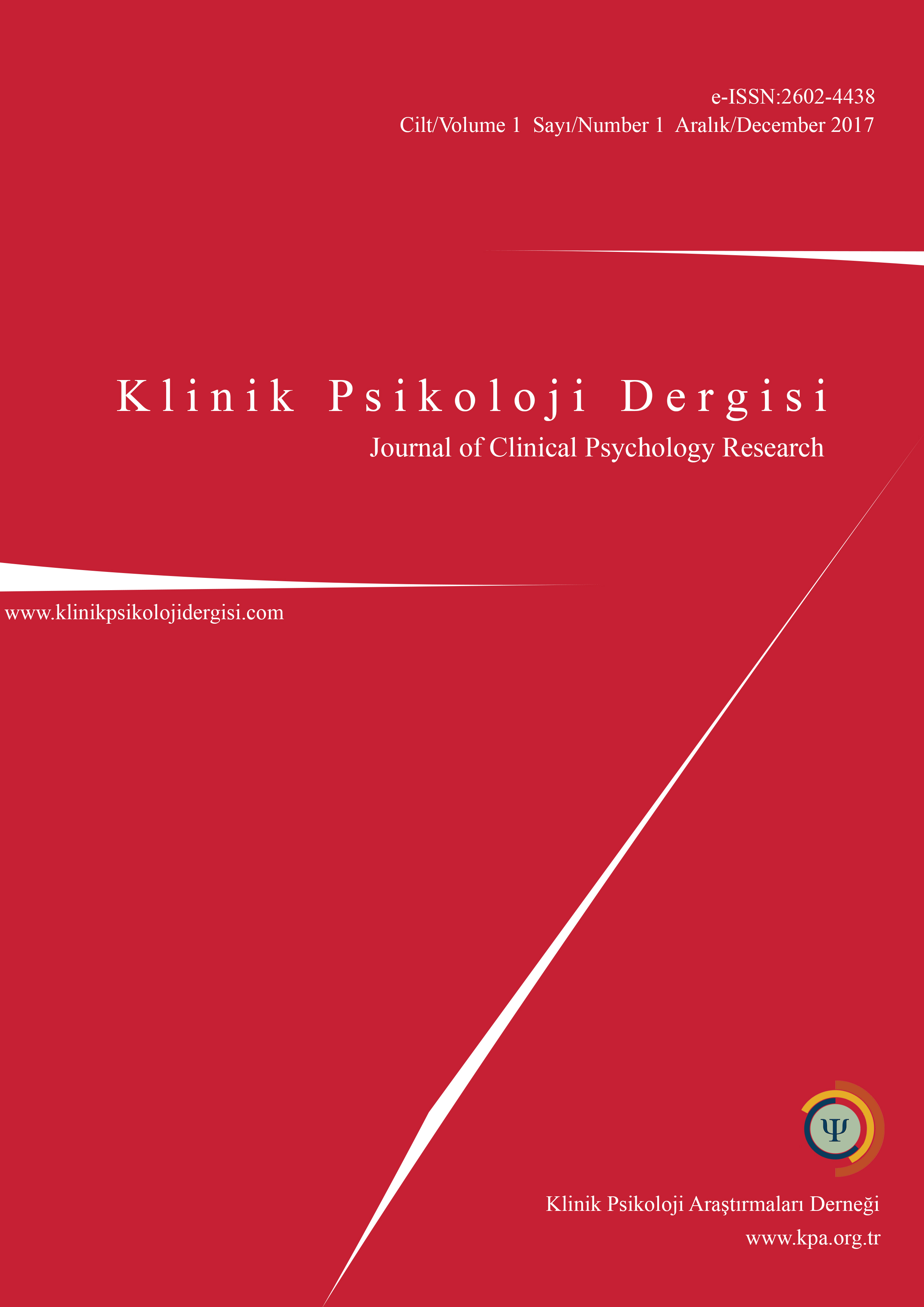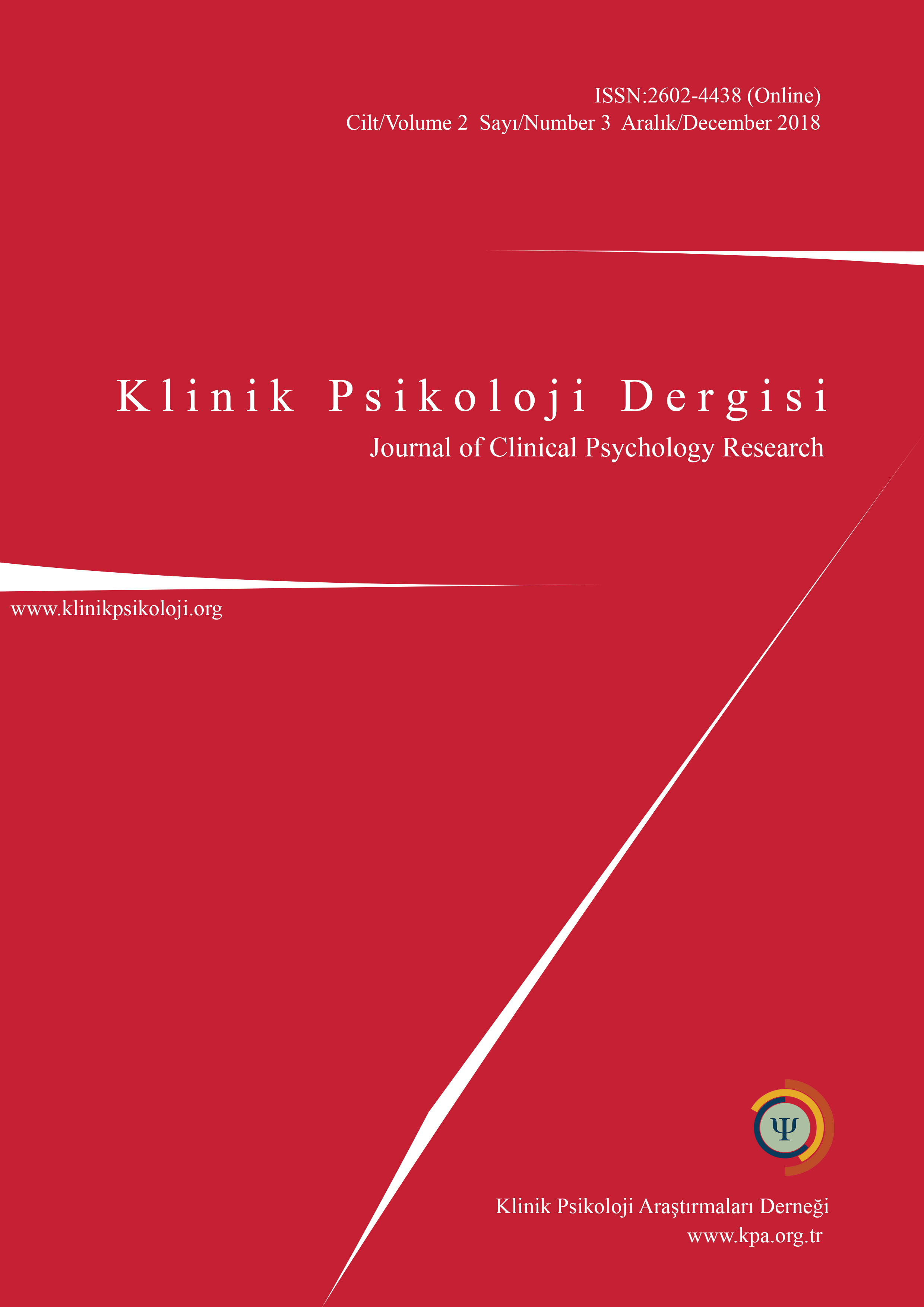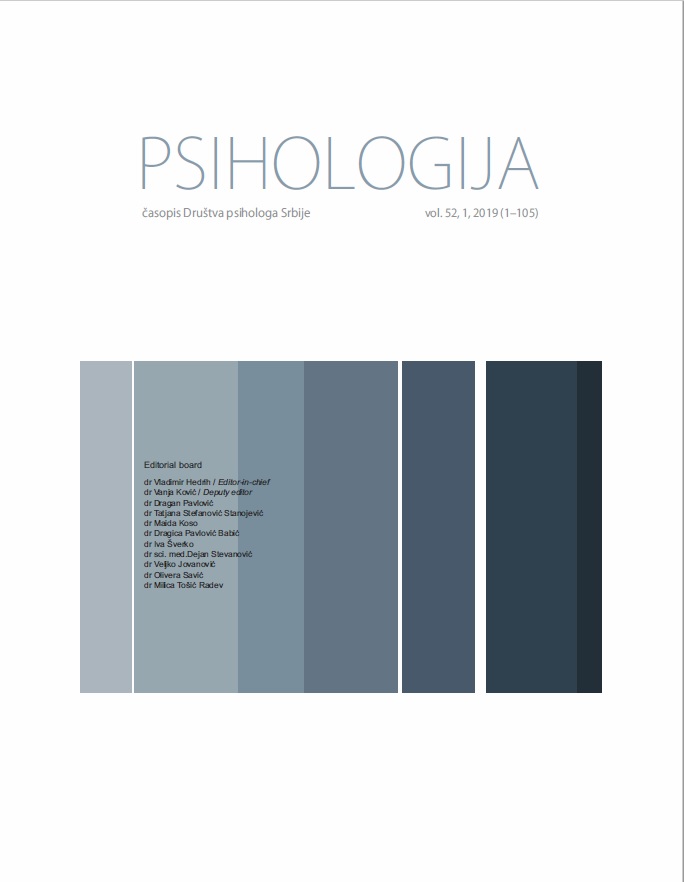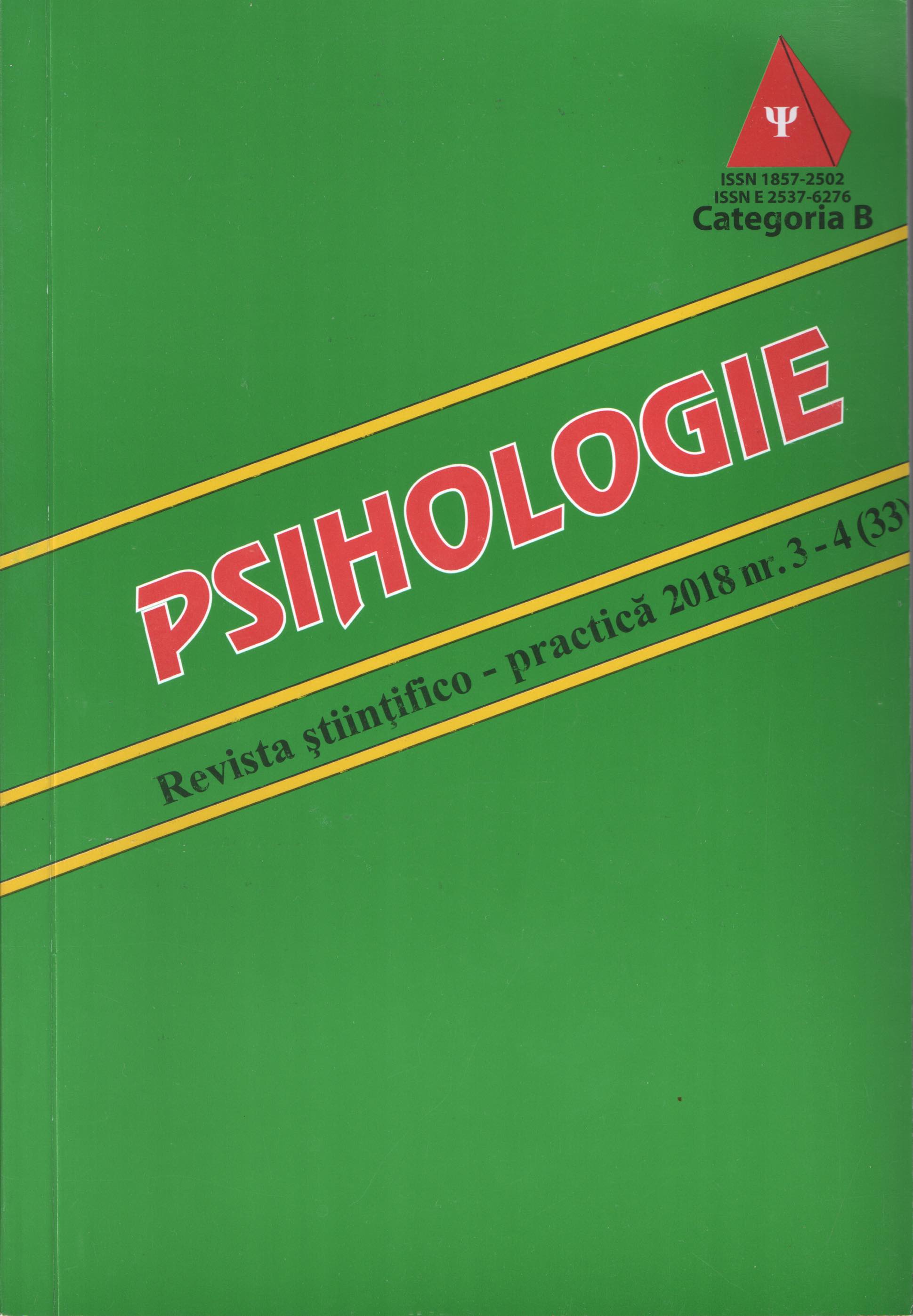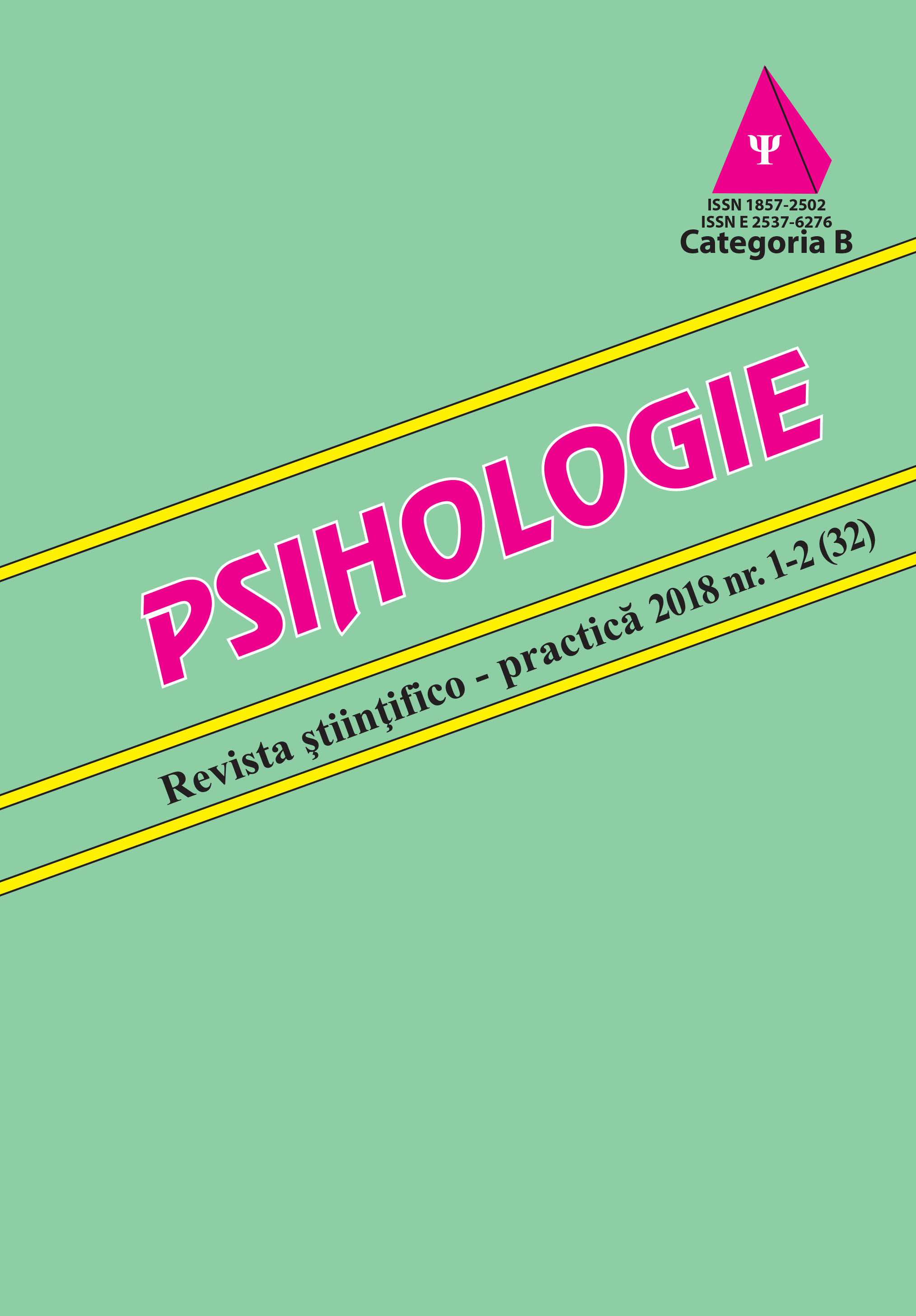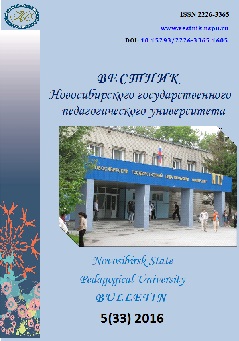
Окислительная модификация гемоглобина изолированных эритроцитов в инкубационной среде, содержащей нитрит натрия и селенит натрия
The article considers the influence of sodium nitrite and sodium selenite, with their joint and single effect on the processes of haemoglobin oxidation (Hb), lipid peroxidation (LPO), an-tioxidant (AO) enzymes – glutathione peroxidase (GP) and catalase in human erythrocytes in vitro. It was found that nitrites have a significant effect on the oxidative processes in red blood cells and Hb, and sodium selenite reduces the development of the nitritinducted oxidative processes in red blood cells and formation of methemoglobin (MetHb) by 25–40 %. Sodium nitrite, which significant influences on the oxidative processes of Hb, does not lead to a appreciable increase the POL in erythrocytes. Under the influence of nitrite a is undergoing minor changes of activity AO enzyme GP (20–30 %), while the catalase activity in all cases falls significantly (1.5–2 times). Nitrites in the incubation medium also lead to an increase in the concentrations of membrane binding oxyhemoglobin and MetHb and sodium selenite inhibits this process in the incubation medium.
More...
